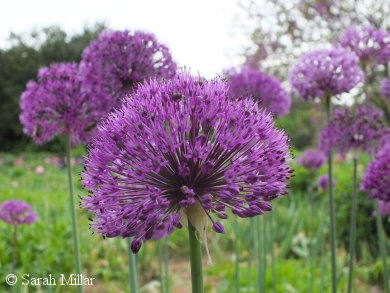Owing to their chemical reactivity, titanium dioxide nanoparticles (TiO2 NPs) have important applications in numerous fields, such as pharmaceutics, electronics, and optics. Their abundant use, however, causes major environmental concerns as these nanoparticles can easily enter the aquifer and thus contaminate the soil.
To investigate how TiO2 NPs impact the plant system, Amitava Mukherjee, VIT University, Vellore, Tamil Nadu, India, and co-workers performed the so called Allium cepa (Onion) test, an assay commonly used to screen for toxic chemicals contaminating the environment. The analysis revealed that the roots cells of Allium cepa take-up TiO2 NPs in a dose dependent manner and, as a consequence, titanium particles accumulate. In turn, this process generates elevated levels of reactive oxygen species, which damage the DNA causing numerous chromosomal abnormalities. Caution should be thus taken when disposing TiO2 NPs at the end of their life cycle.
- In Vivo Genotoxicity Assessment of Titanium Dioxide Nanoparticles by Allium cepa Root Tip Assay at High Exposure Concentrations,
Vipul Bansal, Sunandan Pakrashi, Nitin Jain, Swayamprava Dalai, Jerobin Jayakumar, Prathna Thanjavur Chandrasekaran, Ashok M. Raichur, Natarajan Chandrasekaran, Amitava Mukherjee,
PLoS ONE 2014, 9, e87789.
DOI: 10.1371/journal.pone.0087789




Dear All, Can i know the process for the formation as said above ‘ reactive oxygen species’..? Is any photochemical reaction going on so that oxygen species which are reactive are formed..??